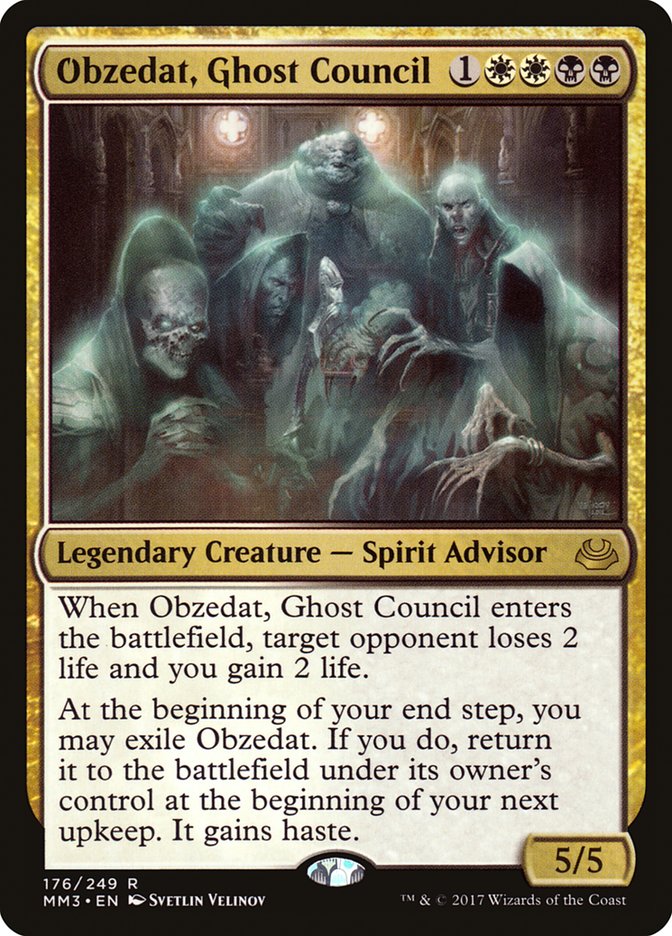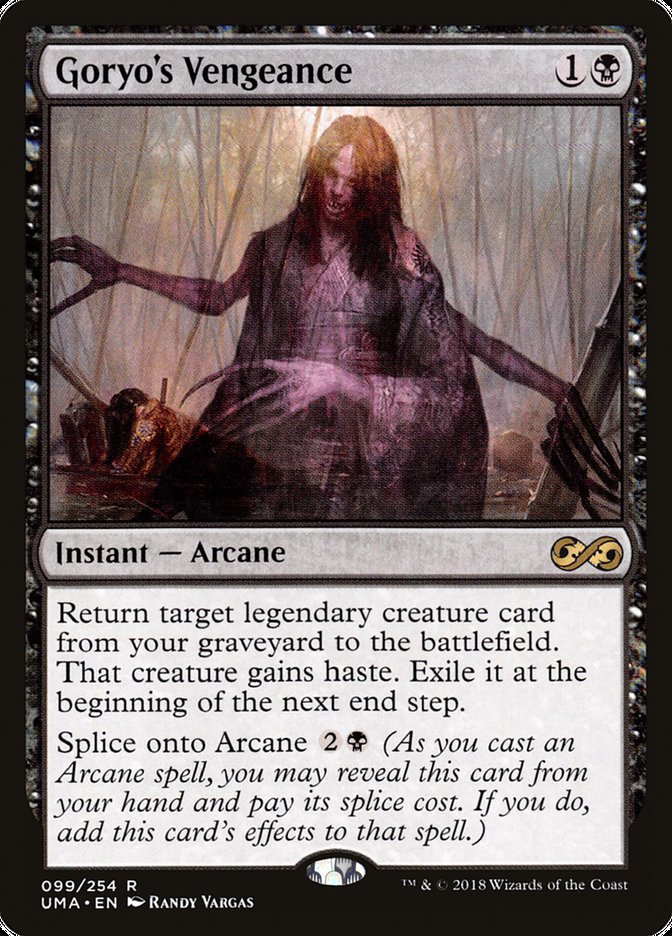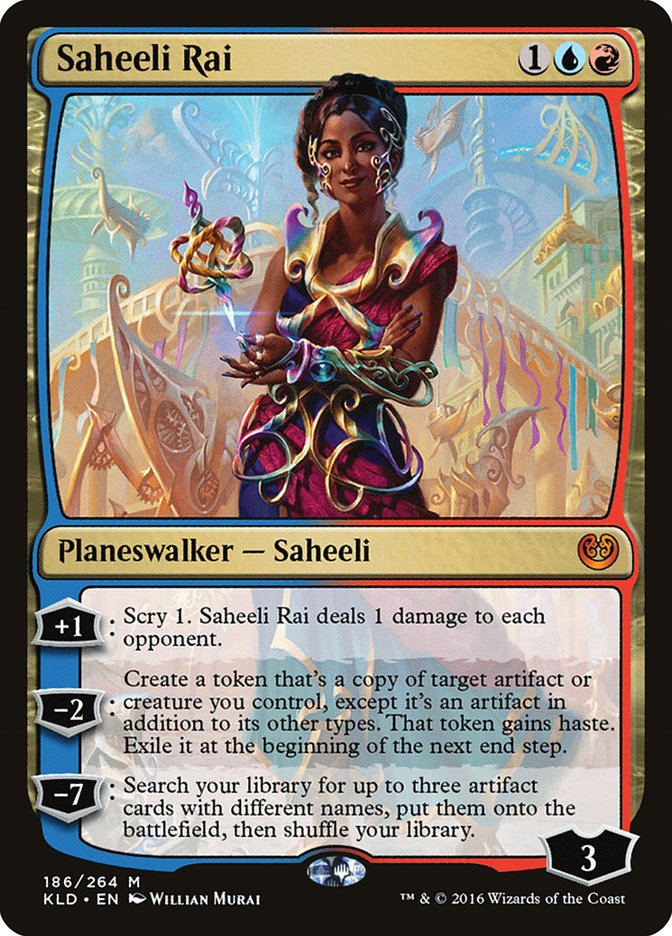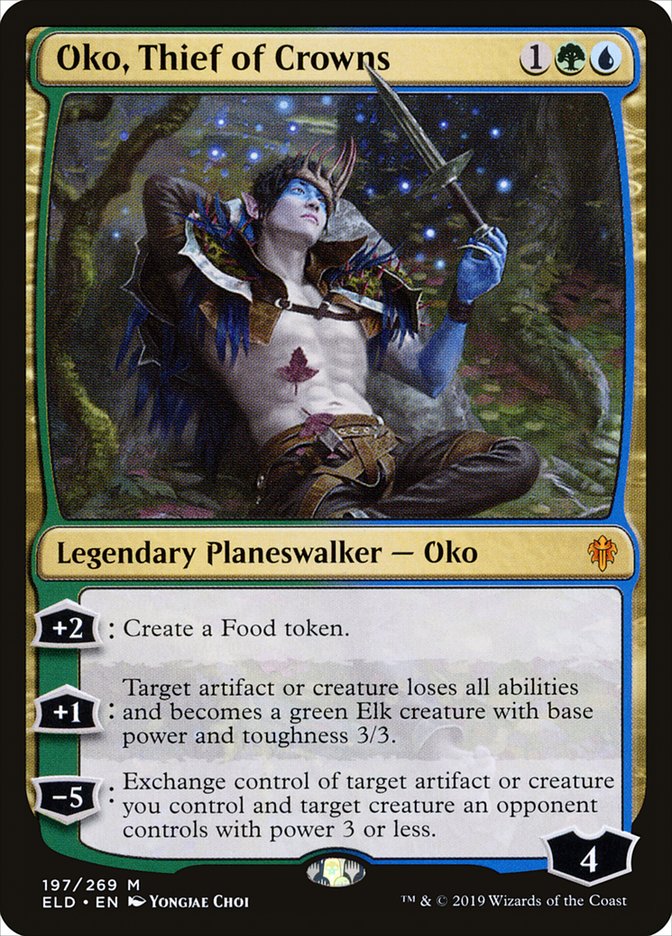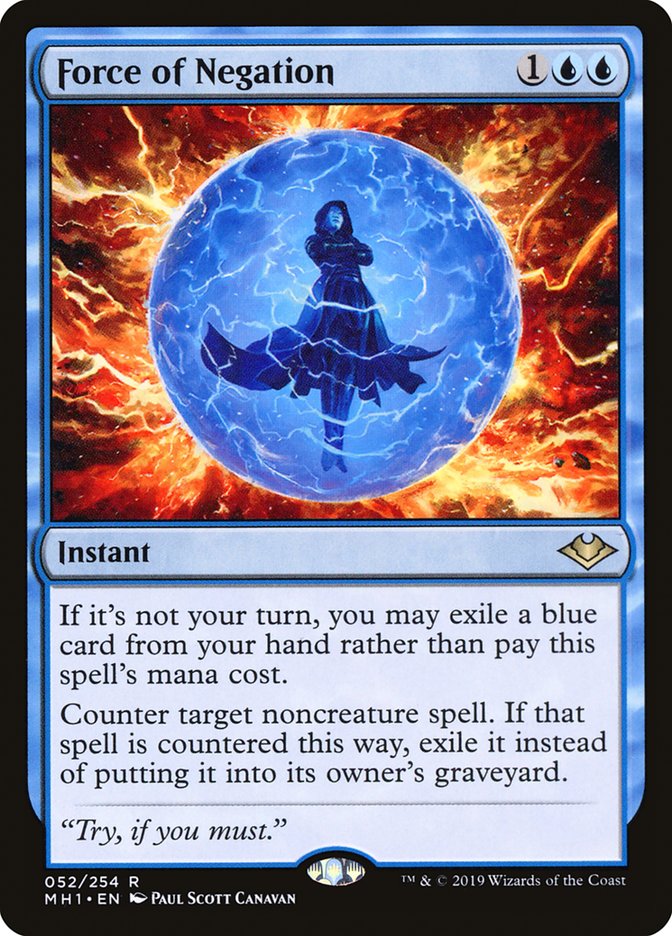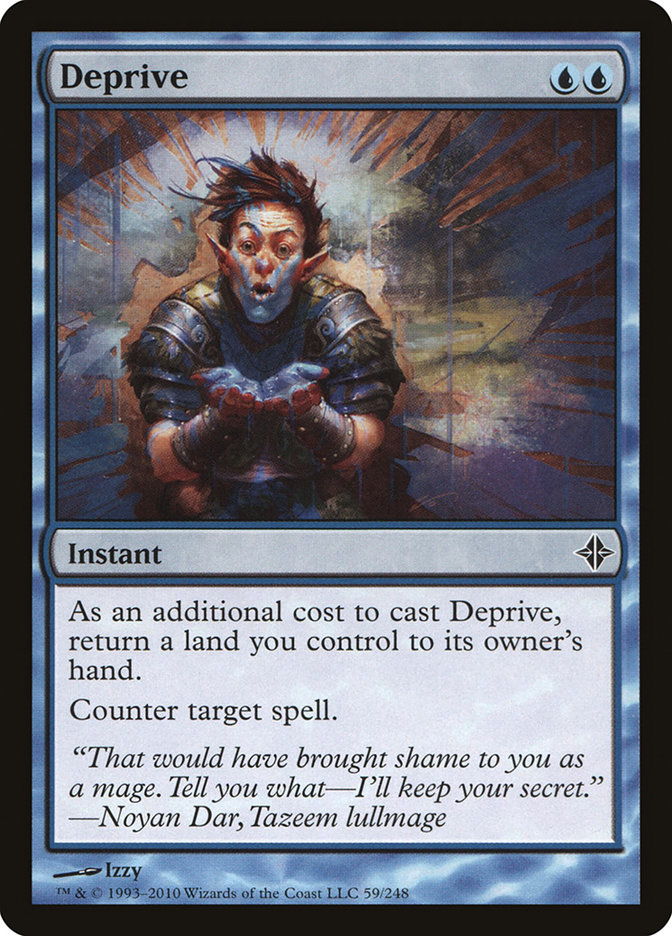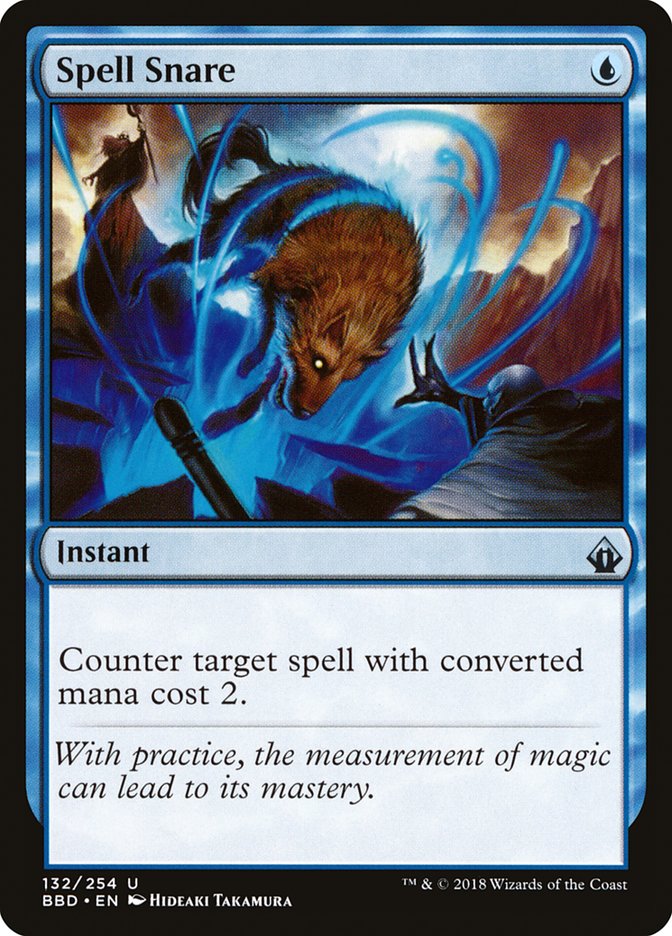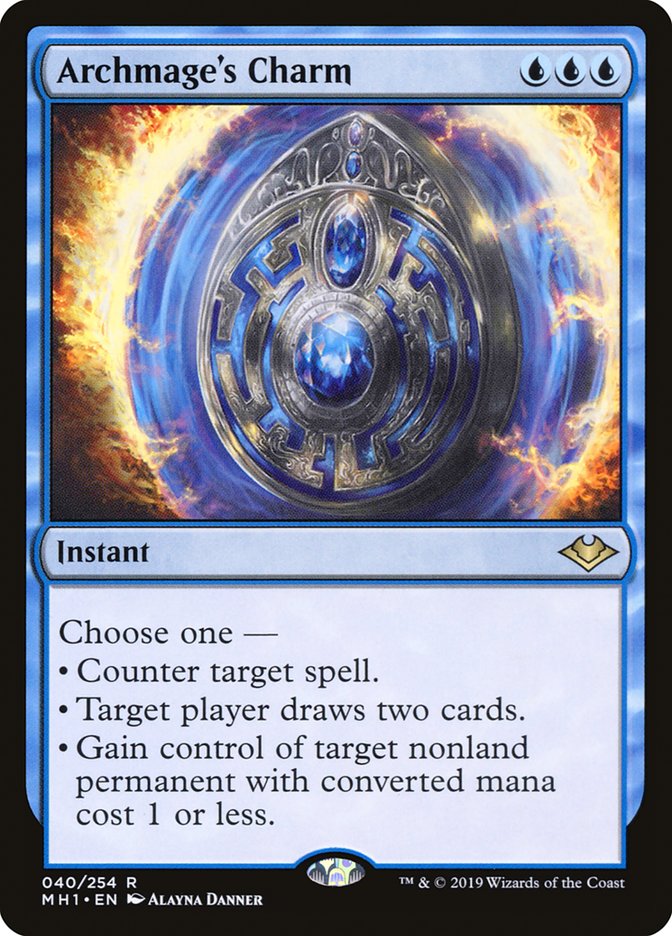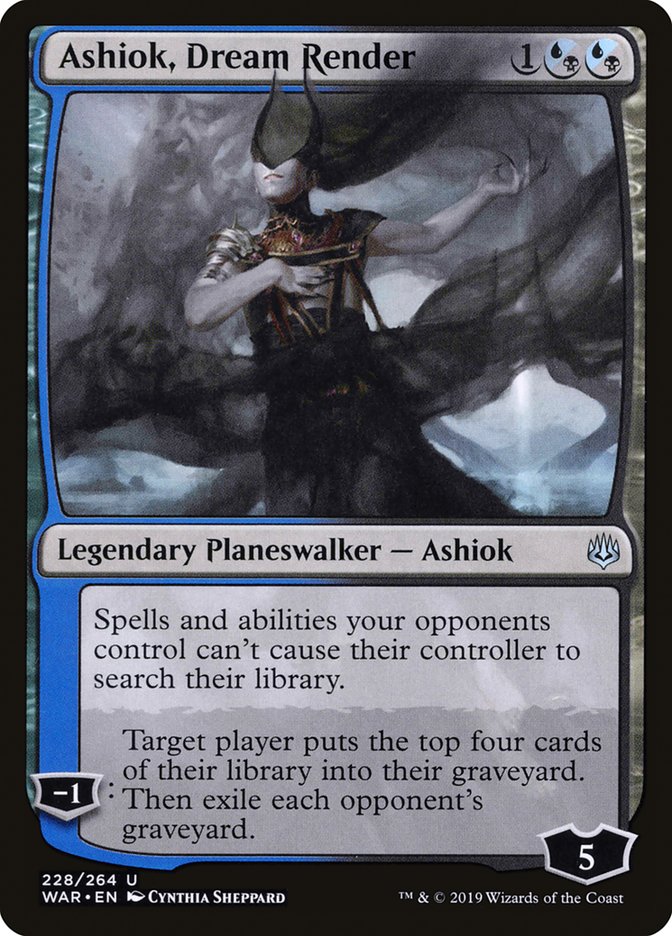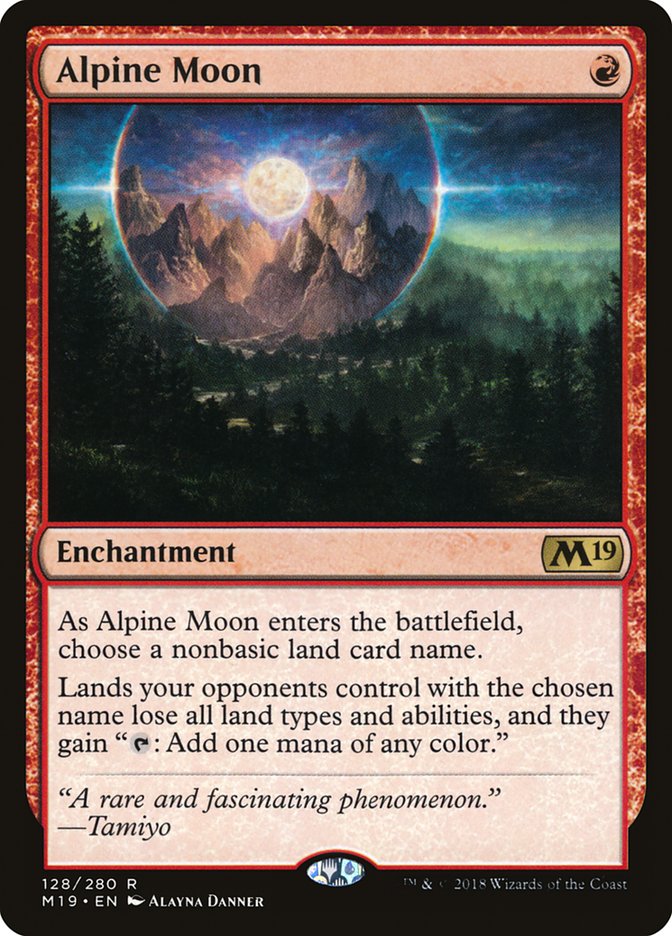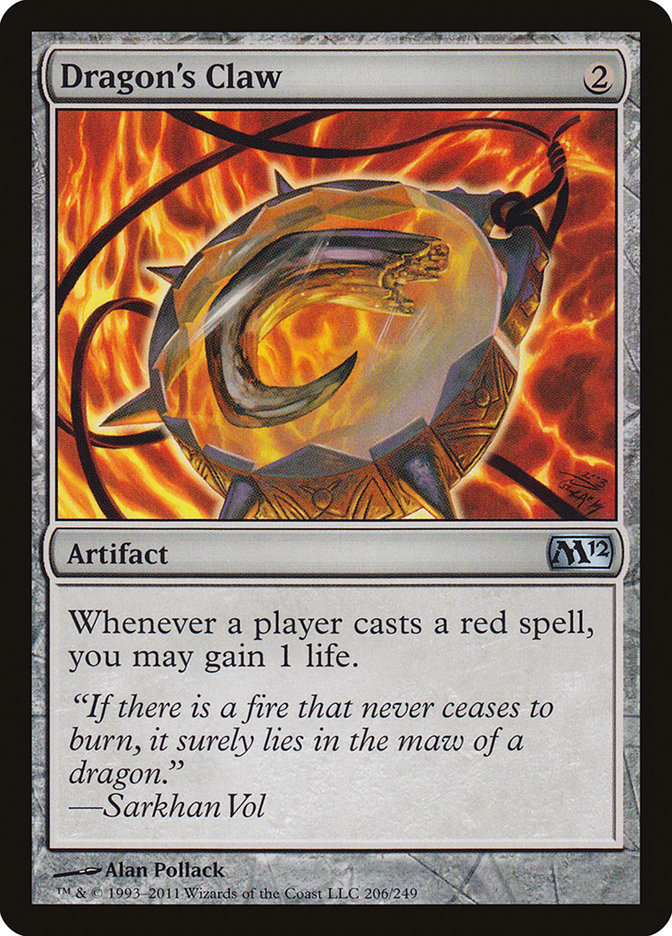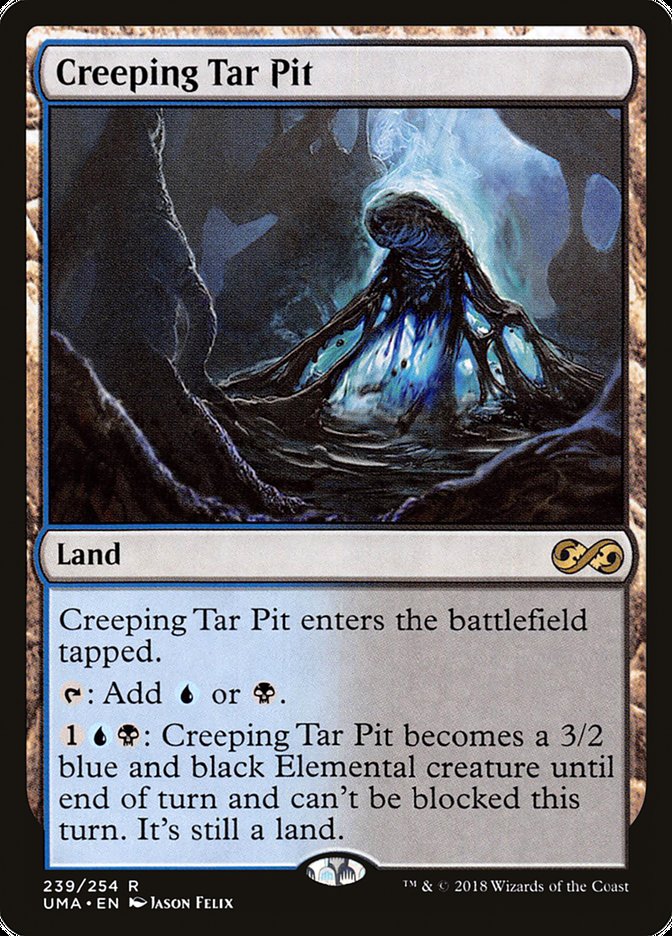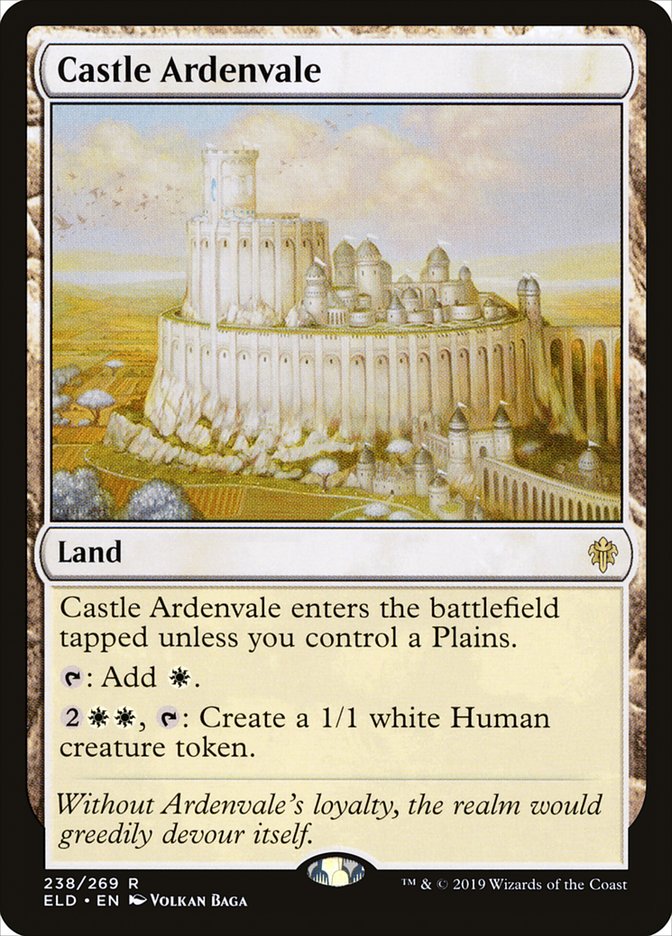Top 8s are a very curious thing. The competitive Magic community values them incredibly highly; however, the margin between Top 8 and an often unrecognized Top 16 is slim. Some of the best decks are regularly overlooked because they fall just short of the elimination rounds. This phenomenon leads to some truly sweet decks lurking in the famed “Day 2 Decklists” tab on the event coverage page and SCG Indianapolis was no exception.
It would be easy enough to simply break down the Top 8 decklists and ship this article off for editing and publishing. But I’m interested in the fringes. I love blue decks and I love interaction. Consequently, I’ve been starved for writing material as of late. Fair decks are a struggle in the current Modern format. As someone who brought Azorius Stoneblade to SCG Indianapolis and managed one win in five rounds, I can certainly attest to the value of linear goldfishing decks. Fellow SCG writer Abraham Stein tweeted that current Modern is “back to two ships passing in the night, where it should be.” And while I wish this wasn’t the case, I certainly can’t deny the validity of the statement.
This doesn’t mean that we can’t parse through these lists and find some cool stuff, though. Drake Sasser won SCG Indianapolis with Gifts Storm, flexing his ample arms like it’s 2017 again. Jonathan Hobbs cracked the Top 8 with Jund Death’s Shadow, a deck that is as underrated as its pilot. Hobbs has been crushing this year and both guys deserve a shoutout. So, congrats on a job well done!
Now let’s dig deeper to find some other decks worth discussing:
Creatures (11)
- 1 Snapcaster Mage
- 1 Geist of Saint Traft
- 4 Obzedat, Ghost Council
- 1 Tasigur, the Golden Fang
- 4 Jace, Vryn's Prodigy
Planeswalkers (2)
Lands (21)
Spells (26)

Esper Goryo’s Vengeance?! Paging Jeff Hoogland! What are we looking at here?! We’ve got a solid Top 16 finish in the hands of David Green. This is a wild strategy but it’s able to play both sides of the coin fairly well.
There’s a strong combo element with Obzedat, Ghost Council and Goryo’s Vengeance. For those who don’t know, Goryo’s Vengeance on Obzedat will return it to the battlefield with haste, allowing you to attack with it. Then its end-step trigger will remove it before Vengeance can do so, and it will come back at the beginning of your next turn.
It’s interesting that the deck possesses one of the best fair cards in Modern in Thoughtseize but the right play will often still be to target yourself and discard an Obzedat or a Geist of Saint Traft. It’s certainly nice to have the option to play a fair game if your goldfish of Turn 2 Obzedat isn’t working.
This is one of the few ways to build a functional Esper Good Stuff deck in current Modern. Jace, Vryn’s Prodigy does a great job of flashing back your best spells and gives maximum value to cards like Disenchant and Collective Brutality in sideboard games and other games where your sorceries are obviously good. Also, the cool trick where you reanimate Jace with Goryo’s Vengeance and immediately transform him into a planeswalker causes him to leave the battlefield when transforming and prevents the Vengeance from exiling him at end of turn, similar to Obzedat.
I’m unsure about the matchups for this deck against a fairer deck like Jund, but it seems like it can do pretty well against any combo deck with Teferi, Time Raveler; nine maindeck discard effects; and the redundancy from Jace and Snapcaster Mage. The deck also has a lot of play against creature decks with Path to Exile, Fatal Push, Collective Brutality, and Lingering Souls.
The biggest issue with the deck is likely consistency, both with the combos and the slightly awkward three-color manabase. You possess the tools to beat a deck like Burn or Mono-Green Tron but it’s entirely possible that your deck won’t assemble its powerful draw quickly enough. Modern has a laundry list of decks that will punish a slow start or stumble. However, Thoughtseize is in a great spot right now and this deck has the tools to combat a wide range of things.
Creatures (19)
Planeswalkers (8)
Lands (20)
Spells (13)

Whoa. What’s going on here?!
Underrated Michigan grinder Raja Sulaiman just missed the Top 32 of SCG Indianapolis with a four-color pile of cards. The deck is listed as Four-Color SnowHeeli and maybe that’s the only accurate way to describe it. The only Four-Color Snow deck I’ve seen before was the one with Arcum’s Astrolabe and Wrenn and Six, essentially a Modern version of the Grixis Wrenn and Six deck from Legacy.
I’ve seen the old versions of Four-Color Saheeli that played like a Chord of Calling deck, but this seems like a strict upgrade from those as there are a ton of synergistic elements here. Aside from Noble Hierarch, all the creatures have a relevant enters-the-battlefield effect and they all work well with both Saheeli Rai and Felidar Guardian aside from Spell Queller. Arcum’s Astrolabe fixes your mana while being a cheap cantrip and a great target for Saheeli Rai and/or Felidar Guardian, while Path to Exile, Remand, and Force of Negation provide some conventional spell-based interaction.
There’s also a huge planeswalker suite. In addition to three copies of Saheeli, there’s a single Jace, the Mind Sculptor; a single Oko, Thief of Crowns; and three copies of Teferi, Time Raveler. One of the strongest interactions in the deck is the one between Teferi and Spell Queller. Your opponents can’t cast anything that Spell Queller gives them back while you have a Teferi on the battlefield, as the Queller trigger puts the spell on the stack immediately once it leaves the battlefield. And, best of all, if you have enough loyalty on Teferi and mana untapped, you can bounce your own Queller for a free card and to keep up interaction, as the card that was under Queller will simply be exiled forever.
The sideboard cards are very synergistic too because several of them have enters-the-battlefield abilities as well. Vendilion Clique and Knight of Autumn have potent and relevant abilities and can be reused by either piece of the combo, while Felidar Guardian can also reset your Alpine Moon should you need to stop a different land.
The fair matchups for this deck are probably pretty good, considering you have removal and a ton of ways to generate card advantage and a battlefield advantage. Mono-Green Tron is likely to be a rough matchup since you have few ways to stop Karn Liberated or Ugin, the Spirit Dragon and zero ways to interact with their manabase in Game 1, but you have enough interaction in Game 1 to be able to race an Urza, Lord High Artificer deck with your own combo.
Despite it looking like a total pile, I actually like this deck better than the Esper Goryo’s Vengeance deck that got sixteenth and I’m probably giving this one a try before the Season Two Invitational at SCG CON Winter later this year. If it’s totally broken, I wouldn’t be able to reconcile with myself if I were to not even try it.
Creatures (13)
Lands (20)
Spells (27)

Izzet Delver? In Modern? Turns out the new combo of Mystic Sanctuary and Deprive has been inspiring a few people to build decks that can get ahead and leverage the ability to rebuy a counterspell cheaply. I have some reservations about the strength of this strategy because the nature of Modern forces you to be ready for a bunch of different things. But Force of Negation goes a long way towards beating all the weird linear decks, especially when it’s backed up by a quick clock like Delver of Secrets and Young Pyromancer can provide.
Maxx Kominowski’s list plays a lot of counterspells, but I’m not terribly concerned about the high density of reactive spells because these cards don’t hold the same opportunity cost that a normal counterspell would in Modern. Force of Negation is free for its alternative cost and thus doesn’t make you leave up mana, and Archmage’s Charm has three modes and is easy to cash in for a few cards or one of their cheap permanents when there are no good spells to counter. I suspect that you would be correct to use Archmage’s Charm last; when they stop casting spells to counter, Charm isn’t dead, while the other counters are.
Spell Snare is a basic counterspell, but the Hogaak ban shifted Modern back a turn or so. Two-drops are very good again and Spell Snare inherently trades up. I don’t mind this card being reactive since it always generates positive tempo when you cast it, especially when you’re ahead.
Deprive is cheap for a hard counter but comes with the drawback of returning a land. Fortunately, Mystic Sanctuary puts an instant or sorcery on top if you control at least three other Islands, and Deprive returning Sanctuary on four mana is a great play because you can cast everything comfortably on four mana. You can also double-spell with most of the cards in your deck on four mana. It can be done earlier in a pinch, but you’re not really looking to cast Deprive on Turn 2. You can also put a spell on top with Sanctuary to ensure you’ll flip your Delver.
Ashiok, Dream Render and Alpine Moon are sideboard cards to combat decks like Mono-Green Tron, which can certainly be a good matchup, depending on the speed of your draw. Ashiok is also good against decks like Jund and Azorius Stoneblade, both fair decks which can kill creatures and gain life, likely indicating that they’re bad matchups for Izzet Delver.
It doesn’t take too much theorizing to realize that this Izzet Delver deck is an underdog to Burn. Burn is trying to do some of the same things that Delver is doing, but Burn does these things much more efficiently. Kominowski constructed his sideboard in a way that recognizes the matchups in which additional cards are needed to improve your win percentage in sideboard games.
Izzet Delver emerged from the Modern Leagues on Magic Online. This deck, or similar decks, had been putting up several solid finishes in the early days after Throne of Eldraine’s release. Of the three decks mentioned thus far, this is the one that’s furthest from being a rogue deck in the conventional sense.
Creatures (9)
Planeswalkers (3)
Lands (19)
Spells (29)

To close our top-notch premium Modern analysis, we go from Izzet Delver, a current Legacy deck, to Esper Stoneblade, a Legacy deck from a bygone era. Kyle Hintze made Day 2 of SCG Indianapolis with this beautiful deck, complete with Creeping Tar Pit to fuel Sword of Feast and Famine like he’s 2011 Gerry Thompson! But the best thing about Kyle’s deck is Drown in the Loch. In Modern, Drown in the Loch has a much higher floor for functionality. The prevalence of fetchlands and a multitude of cheap spells means that more things will naturally end up in graveyards and more cheap things will be put on the stack for Drown to counter or kill. Also, Kyle has a playset of Thoughtseize and three copies of Thought Scour to help turbo-charge Drown in the Loch.
Thoughtseize doubles as a way to clear the path for Stoneforge Mystic, the focal point of the deck. The fact that Drown is almost always live to counter removal for Stoneforge on your fourth turn while also being able to stop a powerful threat they’ve deployed that turn is key, and I think that combination pushes the deck’s fair matchup in a positive direction. The Azorius version with four Spell Queller and several Teferi, Time Raveler is likely still better against Whirza and Urza Outcome strategies and Mono-Green Tron, while this Esper version looks to be stronger against other creature decks and linear aggressive decks like Burn or Devoted Devastation.
The sideboard is standard fare for a midrange blue deck – some graveyard hate, some cards for other blue decks, sweepers, and lifegain, so I don’t see much to improve regarding the sideboard and it’s tough to make every matchup good. Esper Stoneblade will have to work hard to beat archetypes like Mono-Green Tron no matter what, but the close matchups (Burn and Whirza) are the ones that sideboard cards like Surgical Extraction, Collective Brutality, and Supreme Verdict will improve.
If I could improve this list, I would probably do so by adding another threat or two. Control is mostly dead in Modern right now, but control and Jund seem scary with such a low threat density. Using lands as threats is an interesting proposition.
A second Tar Pit might be too much because it enters the battlefield tapped, but it’s easy enough to get a Plains onto the battlefield and Castle Ardenvale is a great way to create a stream of tokens that can wear the Equipment and make your late-game a bit better. Lingering Souls is another option but might not be worth the slot in such a linear metagame.
I’m back on the grind in the fall and winter and look forward to trying one of these decks over the next few weeks while getting prepared for SCG CON Winter. Remember – there are plenty of great decks in a tournament, not just the ones that make the Top 8!


